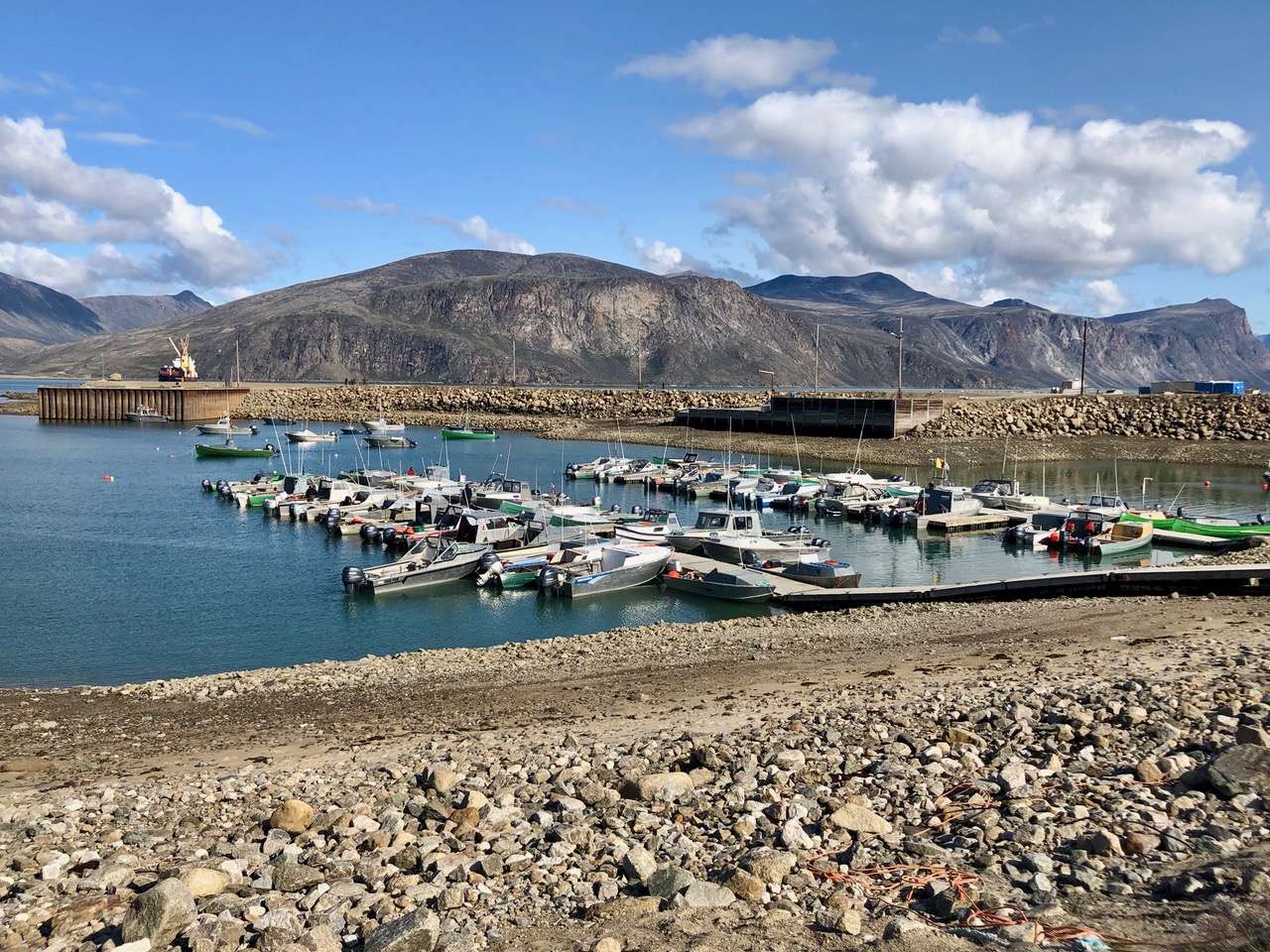A new report measures the infrastructure gap between Nunavut and the rest of Canada
“The gap is a barrier to our potential, and closing it is a necessary task of reconciliation.”

Nunavut has the highest rate of overcrowded housing in Canada, the slowest internet speeds and the poorest access to local health-care services in the country.
Sound familiar?
A new study confirms what most Nunavummiut already know and live: that infrastructure across the territory lags well behind that in the rest of Canada.
Nunavut’s Infrastructure Gap, a report prepared by Nunavut Tunngavik Inc. and released last week, aims to quantify those disparities, highlighting the adverse impacts on Nunavut Inuit and calling on the federal government for investment and action.
“Nunavut Inuit are not asking for special treatment,” said NTI President Aluki Kotierk in an Oct. 21 news release. “We are asking for the same level of infrastructure and services that other Canadians expect across the country.
“The size of this gap isn’t a surprise to Nunavut Inuit: we live it every day,” she said. “The gap is a barrier to our potential, and closing it is a necessary task of reconciliation.”
The report was able to quantify that gap for priority areas, including health-care services, housing, transportation and communications. The report drew on existing data and interviews with policy-makers and stakeholders to determine the following:
- Only 14 percent of Nunavut residents have access to a regular health-care provider, compared to 85 percent of Canadians. About half of the children born to Nunavut Inuit have to be born outside the territory, while most major treatments must be done in southern hospitals.
- Nunavut is the only province or territory with no highway or railroad access. The territory has only one harbor out of the 1,010 harbors across the country, despite being home to about 40 percent of Canada’s shoreline.
- Nunavut is the only province or territory where there is no access to internet speeds over 25 megabits per second.
- Eighty-five percent of Nunavut’s water treatment infrastructure is considered to be in poor condition.
- None of Nunavut’s energy is produced by renewable resources, compared to 67 percent of the electricity produced elsewhere in Canada.
- Nunavut has the highest rate of overcrowded housing in Canada, with the highest number of occupants per dwelling at 3.1 people per home, compared to the national average of 2.3.
- The territory has the largest proportion of housing in need of major repair, at nearly six times the national average.
- Nunavut is the only province or territory without its own central museum or heritage center.
NTI argues that those gaps prevent Nunavummiut from achieving well-being and equity with their fellow Canadians, while they continue to face barriers to economic opportunity, food sovereignty and even COVID-19 preparedness.
The report calls for immediate and major investments from the federal government to start to bring the territory up to national standards.
NTI noted that Ottawa has committed to closing the northern and Indigenous infrastructure gap in its recent throne speech.
“Through this report, we now know the size of Nunavut’s infrastructure gap,” Kotierk said.
“Now the federal government needs to partner with Nunavut Inuit and make the investments needed to meet their commitment. Inuit are ready to do this necessary work together with Ottawa.”